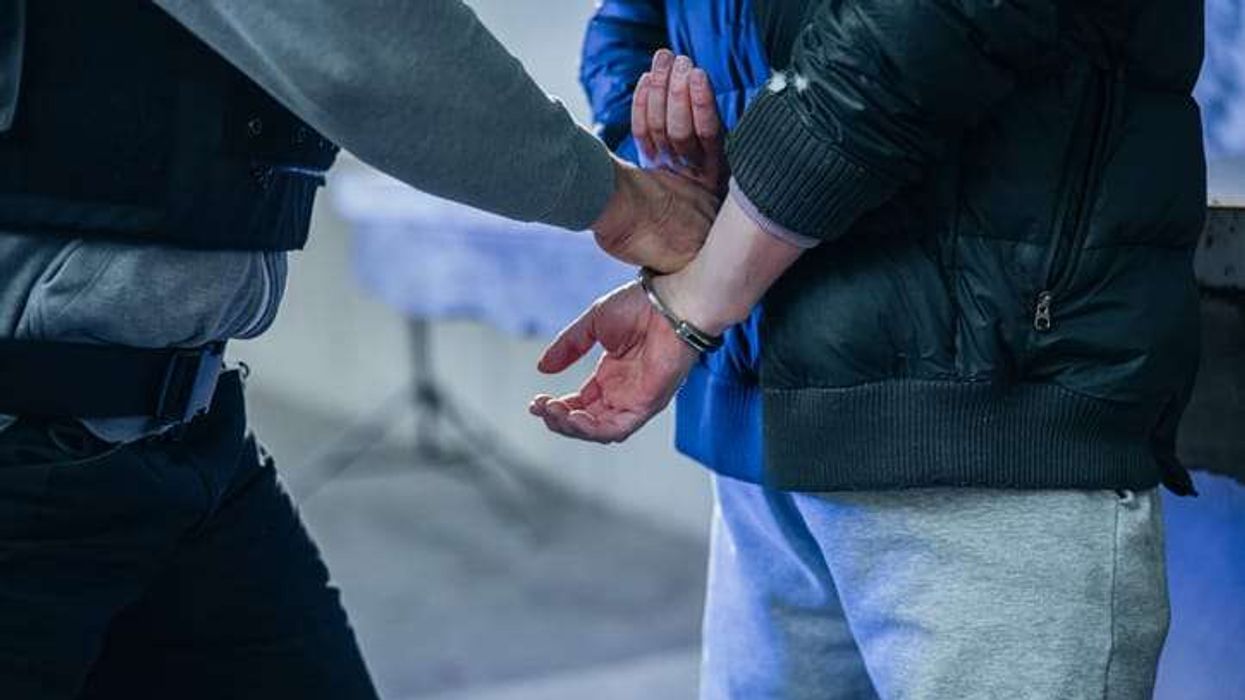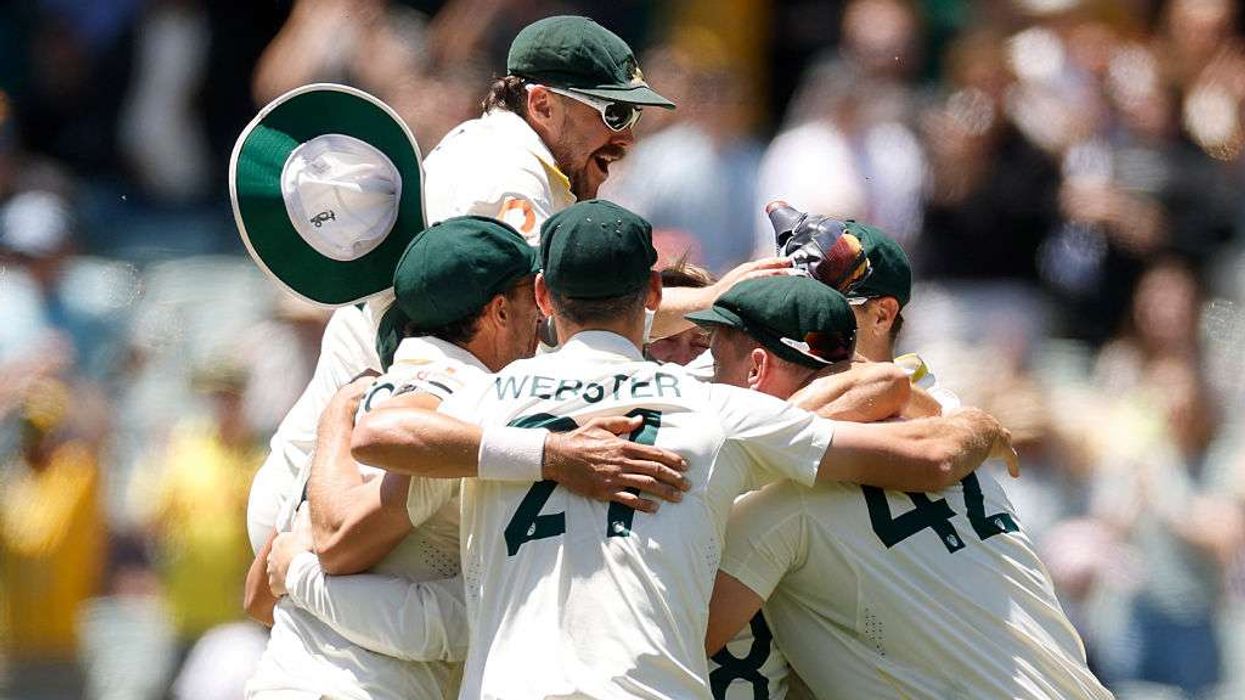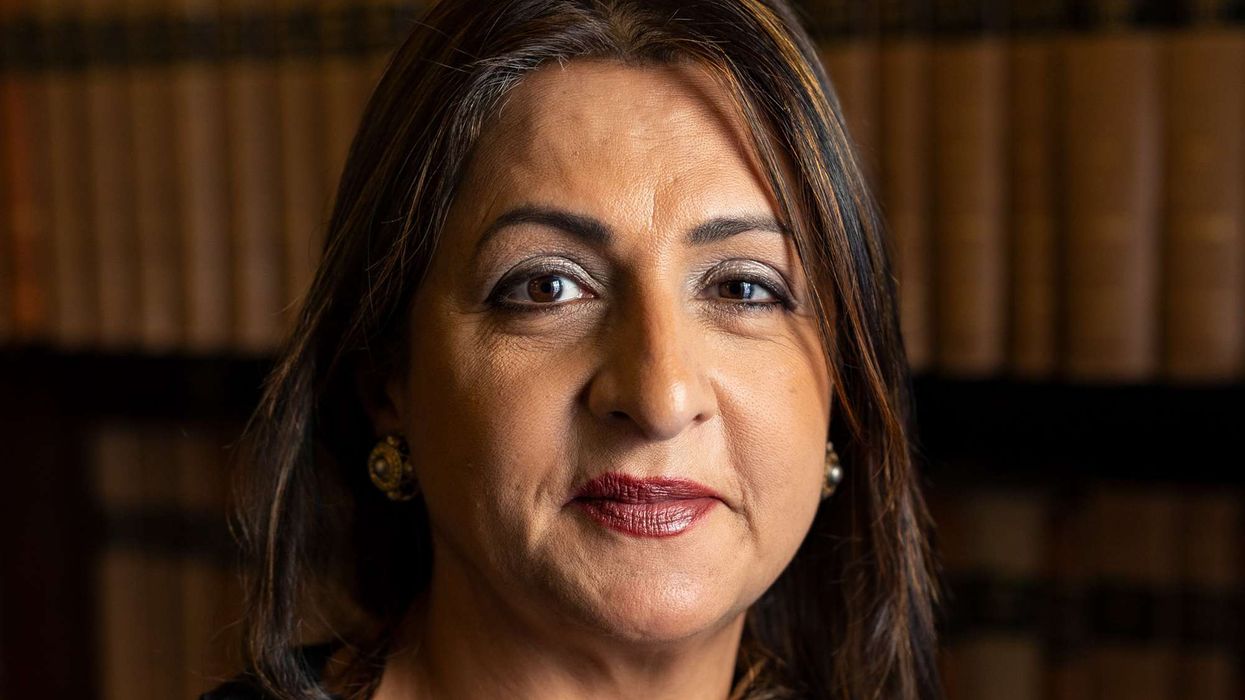India’s federal investigation agency, Central Bureau of Investigation (CBI) has approached the Interpol wing of Nigeria to confirm whether absconding promoter of country’s Gujarat-based Sterling Biotech, Nitin Sandesara is staying Nigeria.
The businessman, Nitin Sandesara is being investigated by Indian investigators in a £554.80 million alleged banking fraud case, the officials said on Tuesday (25).
CBI’s new move came after media reports that stated Sandesara and members of his family have moved from the United Arab Emirates (UAE) to Nigeria with which India doesn’t ink any extradition pact.
The investigation agency has also said that it has no information on the current location of the businessman and members of his family.
Indian investigators have alleged Sterling Biotech that it had borrowed loans worth £523.40m from a consortium of banks led by Andhra Bank which have turned into non-performing assets (NPA).
According to a first investigation report (FIR) registered by the CBI stated that the total pending dues of the company were £563.49m as on December 31, 2016.
In October 2017, the investigation agency registered case against Sterling Biotech and its directors including Chetan Jayantilal Sandesara, Dipti Chetan Sandesara, Rajbhushan Omprakash Dixit, Nitin Jayantilal Sandesara, and Vilas Joshi. In addition to five accused, the company’s chartered accountant Hemant Hathi, former director of Andhra Bank Anup Garg and other unidentified persons have also been booked in the fraud case.
CBI registered a case against the management of the company earlier in August for allegedly bribing senior officials of Income Tax (IT) department.
The IT department had conducted a raid and seizures in 2011 at 25 premises of Sterling Biotech Ltd. The IT officers found a diary containing handwritten records of financial transactions, an FIR in that particular case stated.
CBI booked all the accused in the case for criminal conspiracy, cheating, forgery, and corruption among other charges. The investigation agency alleged that false and fabricated records and manipulated documents were made to obtain loans from the lenders which were later used for the personal spending of the management.











